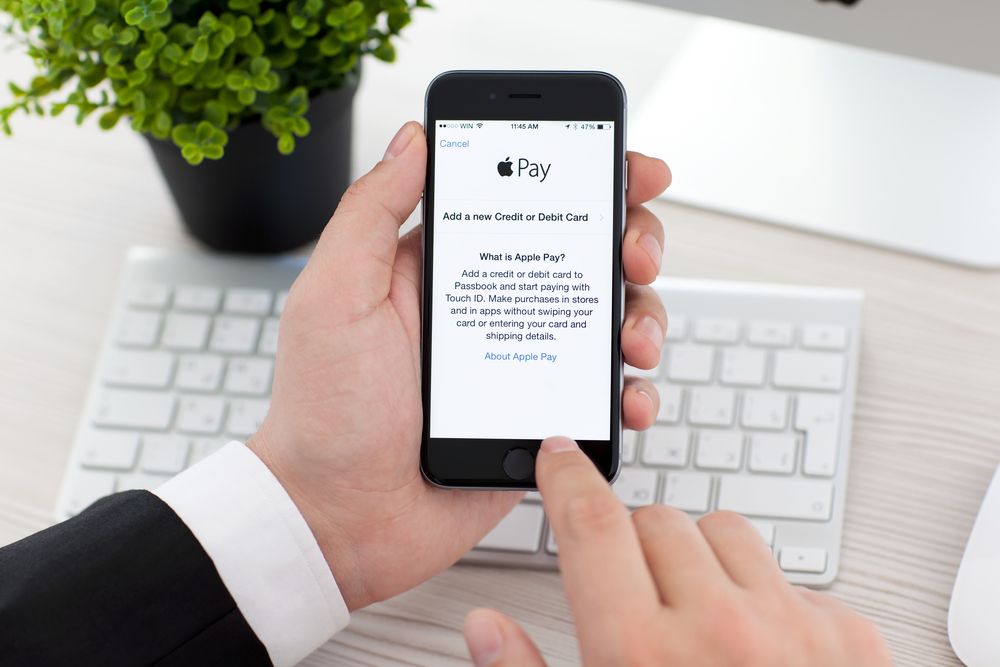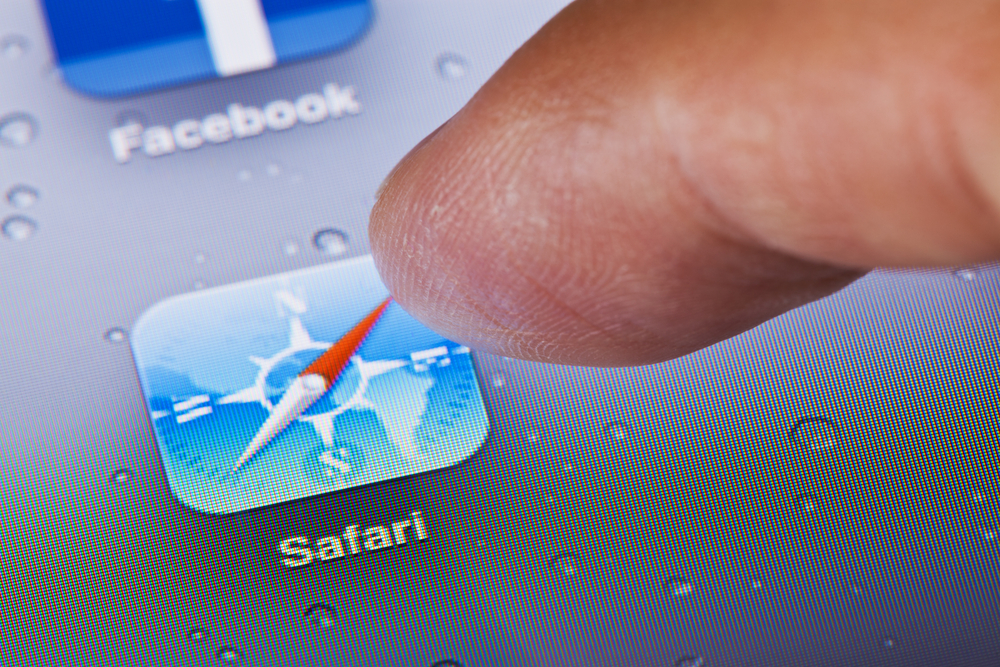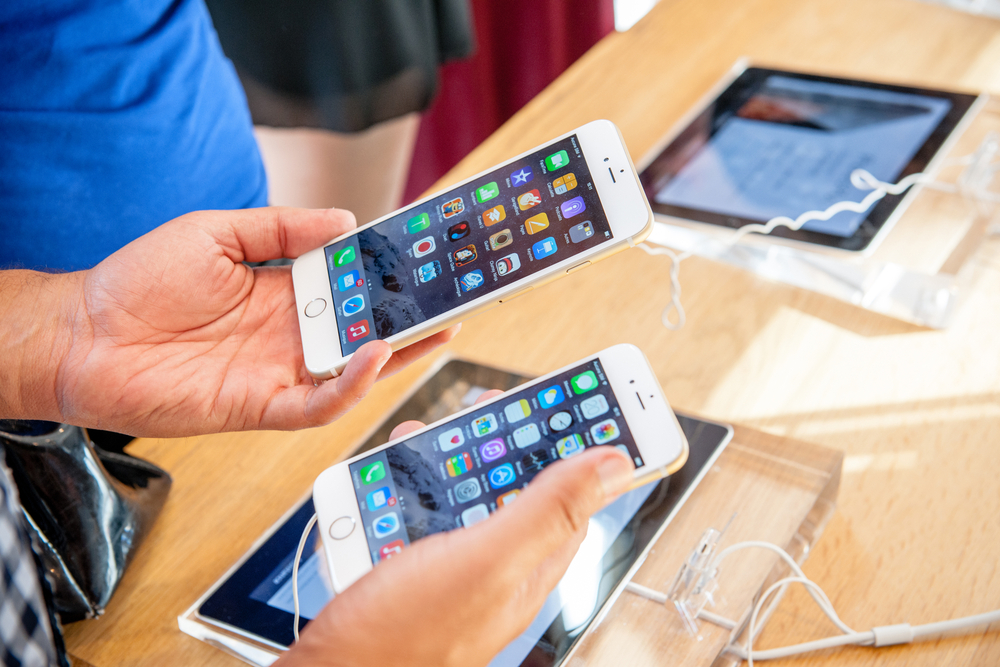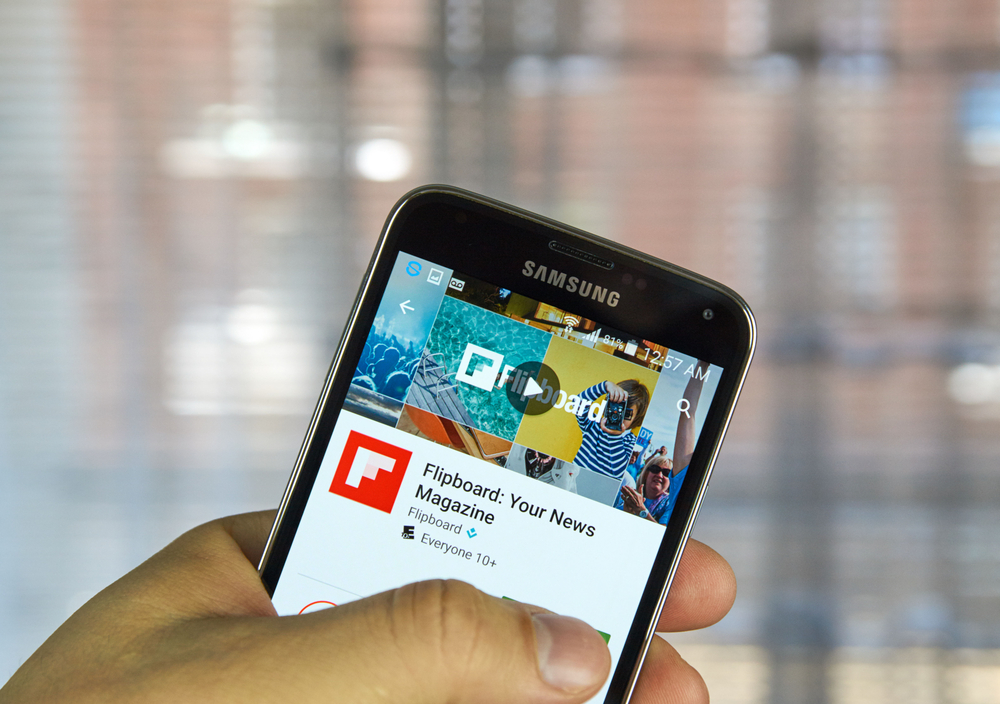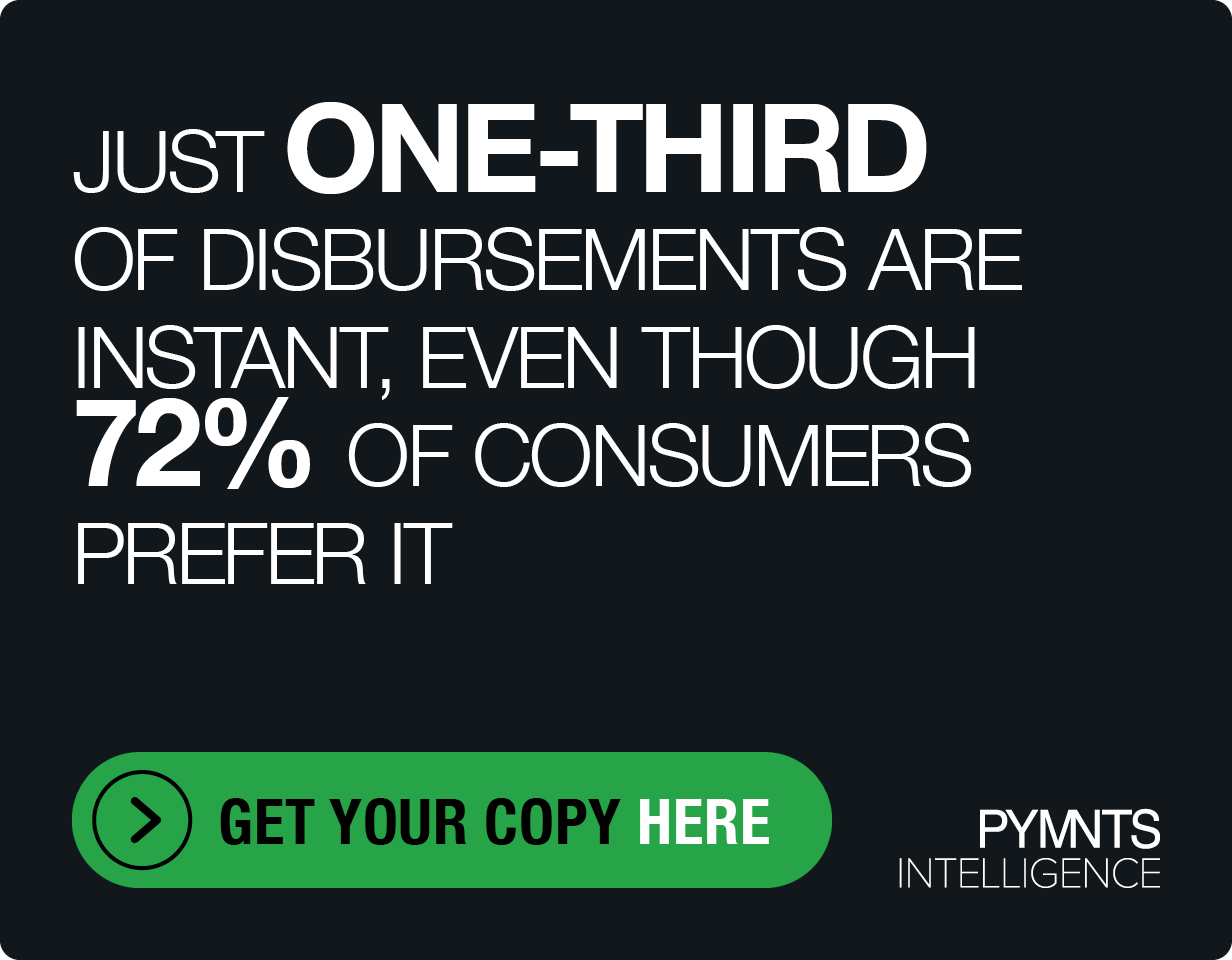Apple Pay’s Tough Twenty Months
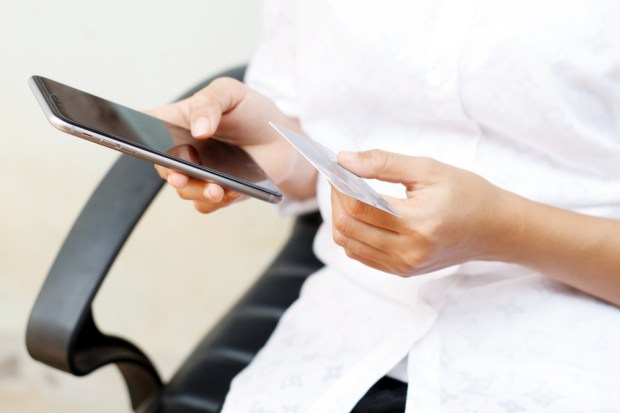
In the mood for a little role play today?
Your head of product walks into your office with his end of quarter report for one of your flagship services. This service was positioned as a critical feature in driving demand for other products and services in the company’s portfolio. It’s been nearly two years – 20 months to be precise — since it was launched after significant investments in engineering, marketing and promotion.
At launch, the service was positioned as an innovative replacement for a well-entrenched standard considered not well-suited for a mobile and digital world. The goal was to jumpstart a massive ecosystem-wide effort to drive adoption by persuading consumers that this service was superior to existing alternatives. You enlisted a lot of partners to help in this shared goal of getting consumers to try and then use repeatedly.
Twenty months later, here’s the update from your head of product.
Adoption: The number of people who’ve tried the service once has tripled since launch. But, that has less to do with massive waves of enthusiasm for the service and more to do with it simply being made more broadly available and people having had more time to try, so it makes sense that more people are giving it a whirl. But adoption has also plateaued over the last two quarters, which is a bit concerning.
Frequency of Usage: The percent of people who use the service more than once has fallen from its peak a year ago, and is now sharply lower than what had been seen at launch. After you take into account both who has adopted the service, and how often people who have adopted it use it, the numbers have barely moved over 20 months: roughly speaking, only one person in 20 who have the service use it when they can, 19 out of 20 people who have the service don’t even bother.
Consumer Feedback: Some users love it but many say that they don’t use the service because they have — and use — alternatives that they say they consider just as easy and convenient to use. The general sentiment is more like “why bother changing” or “I like what I’m already using better.” Preference over the existing standard has yet to be established – pretty essential to getting widespread adoption and use.
Win-back Potential: Over the last 20 months, the fraction of people who say they rarely consider using it again has increased by 50 percent and now represents a third of those who’ve tried and used the product.
As you cradle your head in your hands and begin polishing up your LinkedIn profile, you wonder how this could have happened.
Isn’t this the service, you say, that everyone said was transformative – a total reinvention of the status quo in the space, truly well positioned to shake it up and leave the competition totally flat-footed – the service that we told our investors and partners they’d be nuts to bet against? And the service that just last year everyone said was taking off and leaving everyone else in the dust?
Yep, that would be this service, your head of product says. But the data unfortunately tell a different story. Quarter after quarter and this one, in particular, is more dismal than the last.
This, everyone, is the Apple Pay story, 20 months post-launch.
Working with our partner, InfoScout, we fielded our latest quarterly consumer study of Apple Pay adoption and usage in early June and just completed our analysis. We now have observations every quarter since the launch of Apple Pay. Each survey covers more than 4k consumers for that quarter. We are pretty precise with the questions we ask, and of whom. The consumers we survey have the right iPhones and are shopping at merchants that have NFC terminals and accept Apple Pay. We don’t ask consumers what they do or what they might do when it comes time to checking out. We observe how they pay and then ask them why – or why they didn’t – use Apple Pay after each transaction. So there’s nothing hypothetical about any of this. It is about what people do – in fact, when they can do it – in fact.
Here’s what we’ve learned after 20 months of observing their behavior.
After all of the hype, after all of the investments by Apple and the entirety of the ecosystem of payments to drive adoption and usage, after all of the declarations at launch that Apple Pay was the mobile wallet that would rule them all, Apple Pay just hasn’t taken off.
Now, before you call me out for being too harsh, it’s not nearly half as harsh as the reality of how eligible users view Apple Pay today.
More than a third of Apple Pay’s best prospects – those early adopters who always carry innovation across the chasm to ignition – rarely think about using it anymore – a stat that is two times higher than it was 20 months ago. And, those who once used Apple Pay every chance they had to use it has shrunk more than half.
And don’t get excited about the “whenever I remember” because as we will soon see those people just don’t remember very often, and that’s a big problem.
Cupertino, you have some big problems with Apple Pay and they aren’t getting any better.
Apple’s been “mum’s the word” on Apple Pay stats and has been since the very beginning. So, since they aren’t saying much, here’s the rest of the Apple Pay story based on the latest round of survey data and now with a nearly two-year-old data series.
PLEASE GIVE ME A TRY!
Let’s start with some good news, sort of.
Apple Pay total adoption is up – as defined by the total number of people in the U.S. who’ve tried it once. That’s not surprising.
More people own iPhone 6/6S phones now, so the pool of potential users is larger – as are the number of places that it can be used. NFC penetration at launch was 15 large retailers’ stores and some 200k merchant locations. Today, Apple says that number is north of 2 million worldwide, some 1 million in the U.S. (Of course, in reality at most of the places in the U.S. where people spend money, you can’t use Apple Pay because they still have not turned on NFC. Apple’s numbers also include vending machines where they are getting traction, but that’s not exactly big bucks.)
Unfortunately, the fact that more people are using Apple Pay because there are more iPhone 6 users and more places to use it is the end of the good news. People who haven’t tried Apple Pay say they’re satisfied with what they’re using today – which in the day and age of EMV chip cards and dipping and waiting, is, frankly, surprising. (And, if there was ever an endorsement for EMV, I guess this is it.) But that’s the reality.
Nearly 50 percent of those consumers say that they like other things better – cash and/or cards and/or products that offer rewards. Fewer people appear to know about Apple Pay this go round, which also makes sense since there are fewer of those multimillion dollar ad campaigns to remind them to give it a try.
GO AHEAD, USE ME (AND MORE THAN ONCE – PLEASE?)
Twenty months later, the Apple Pay story isn’t that consumers don’t know they can use Apple Pay, or whether the store they’re in accepts it, or that they aren’t sure how to use it.
It’s that they don’t want to.
That’s an insight that we first observed in March 2016, but it appears to be more than an aberrant data point.
One time usage hasn’t converted to repeat usage even though Apple Pay can be used now in more places than it could at launch and more people are able to use it. More than a third of those early adopters more or less say that they “rarely” use it anymore. And the percentage of those users who say they use it every time they can, has fallen by 50 percent since launch.
After a high point in October 2015, repeat usage has settled into the 4 percent range of eligible users – people with the right phones (has Apple Pay) using it at the right merchants (has NFC). That means that 19 out of every 20 people who could use Apple Pay, don’t.
If anything should be keeping the Apple Pay folks up at night, these series of stats should do it.
Because – and we all know how these platform ecosystems work — if there’s nothing compelling enough to engage consumers, there’s nothing compelling enough to engage merchants. That’s death for platform ignition – and ultimately platforms —unless things change.
Oh wait, I forgot, there is some other good news.
The banks that were miffed about paying 15 basis points for each transaction haven’t had to pay all that much over the last 20 months.
So there’s that.
Of course, this isn’t how Apple wanted this chapter of the story to be written. But is why Apple says very little about Apple Pay performance.
The bottom line doesn’t sync with their storyline.
BUT THERE’S ALWAYS THE WEB!!!!
OK, you say, Apple knows this too, which is why they’ve moved to the WEB!!!!!! That will fix everything!!!!!!!!
All of the Monday morning quarterbacks 20 months later — once so bullish on Apple Pay — now say that in-store payments is just too hard so no wonder things with Apple Pay are “slow.” There’s no problem to solve there and consumers’ habits are hard to break. The web is where there are problems to be solved and where Apple Pay, wisely, is moving there to solve a problem that truly exists for consumers.
Blah, blah, blah. It’s just another me-too move with the usual Apple hurdles thrown into the mix.
In addition to needing Apple devices – iPhones that support Apple Pay and Macs – consumers have to use the Safari browser to use Apple Pay. Safari accounts for roughly 5 percent of search on the web. Four percent usage of Apple Pay of a 5 percent Safari browser universe isn’t much of a market for merchants to get jazzed about. The only thing Apple didn’t do was require users to wear Apple-branded gear while checking out.
Who knows that could be next.
But let’s say that everyone who could use it and powered through the Apple Pay list of requirements for transacting on the web did. Apple Pay is also now last in line on the web behind PayPal, Visa Checkout, MasterPass, Amazon, Walmart Pay on Walmart.com and soon Chase Pay, who all do one thing that Apple does not: They work across operating systems and browsers. That means that Apple Pay must convince users to switch away from something that they like and use today across all of the channels they shop to use Apple Pay.
Provided, of course, they use the Safari browser and have their iPhones handy so that with Touch ID they can authenticate themselves.
So how did one of the most powerful technology companies in the world miss this mark so badly?
Let me reprise a few themes that we’ve been talking about since the very first day of Apple Pay’s launch when we swam against the conventional wisdom tide and raised concerns about Apple’s ability to ignite Apple Pay.
Solving The Wrong Problem
Apple Pay is a slick use of the technology – there is no question about it. The card provisioning is elegant, the user experience secure, the tap-and-go a magical experience. The problem is that Apple Pay didn’t really solve much of a problem for anyone, including the technology enthusiasts who never really had a problem checking out in a store but just like new technology-driven experiences.
Pulling out a plastic card at checkout may not be what the cool kids think we should be doing at checkout in a store, but it works – and it works everywhere in the world (as does cash – but let’s set that aside for now). Now, some of you may think I’m totally wrong, and that paying with plastic is clunky, but unfortunately for Apple, most people with iPhones agree with me — and those are the votes that count.
Today, even our early adopter, iPhone 6-toting consumers tell us, swipe and even dip work pretty darn well and on just about every measure, they say that their experience with alternatives – cards and cash – is as easy and convenient as their use of Apple Pay. These consumers even say that there’s not real difference with respect to speed at checkout, which in addition to being surprising is perhaps the biggest endorsement of EMV yet.
No problem to solve plus not many places that consumers visit regularly enough to develop a habit equals a lack of certainty on the part of the consumer that introduces friction when checking out. So consumers do what consumers have always done: stick with cards and cash, the stuff that checks the box when the consumer simply wants to check out.
Now, there are problems to be solved when consumers are availing themselves of the physical store channel, and some big ones at some of the places that they visit frequently. And for that we have our mobile payments trailblazer, Starbucks, to thank for opening our eyes to that problem and the use of mobile payments to solve for it. Mobile order ahead is crushing it for them and lots of other places, too.
Mobile payments can solve real problems for consumers looking to eliminate the friction of transacting in a physical store — like standing and waiting in line to order and then standing and waiting in another line to get food, making sure that that the size and color shoes that a consumer wants are in stock and available for her to pick up and wear on her hot dinner date that same night, or checking that consumer in when she arrives and pairing her to her digital account so that at checkout all of her coupons and gift cards and offers are ready to be applied to her total.
But Apple fell for the siren song of NFC and tap is better than a swipe or a dip – and forgetting one very important thing: more than consumers might love the magic of tap and pay, they hate uncertainty. Apple Pay introduced uncertainty into a checkout experience in-store where there wasn’t any before and didn’t add any value beyond what consumers thought that their existing products did for them in an equally acceptable way.
The proof point is that 19 of 20 people who can use Apple Pay to checkout in a store that accepts it — and used it once so they have the card provisioned in Apple Pay all ready to go and know how to use it — do not use Apple Pay.
DEVELOPING A DEVICE-FIRST, NOT APP-FIRST STRATEGY
Apple also fell hard for the EMV-is-going-to-take-over-the-world strategy in 2 to 3 years, and with EMV comes NFC right on its heels.
As we’re seeing, EMV testing and certification has created more than a few bottlenecks in just getting EMV up and running. Some merchant segments – those in QSR where people do go every day and develop payments habits – have said they may even consider ditching it entirely and leapfrog to mobile and apps that provide more value to their consumers and themselves along with a secure way to transact.
By imposing constraints on both sides of their platform and introducing dynamics that they have no control over at the point of sale, Apple has limited its ability to get the critical mass needed on either side to get ignition. Consumers had to buy a particular phone and want to activate Apple Pay – only 3 percent of iPhone 6 users say that Apple Pay played a role in why they bought an iPhone 6/6S. Merchants had to accept NFC – a number that is increasing but is totally dependent on the merchant’s interest in activating the spec. One can’t work without the other, and those mutual interdependencies have worked against Apple Pay – at least so far.
IGNORING THE BASIC MECHANICS OF PLATFORM IGNITION
In the Evans and Schmalensee bestselling business book, “Matchmakers,” they tell a great story about OpenTable and how it almost crashed and burned.
Out of the gate, OpenTable tried to be everywhere all at once. At launch, they had a few restaurants in a bunch of big cities and an app that gave consumers everywhere the ability to make a reservation. The problem they faced was that they lacked any critical mass anywhere. A hungry party of 4 in Austin didn’t really care if a great restaurant in Chicago had a few tables available on Saturday night at 7.
OpenTable retrenched and instead concentrated on building a critical mass of consumers and restaurants in cities that then gave them the ability to expand with a critical mass of both in tow. It’s what Facebook did when it launched at college after college, it’s what Uber has done city by city, it’s what Walmart Pay is doing with the ignition of Walmart Pay in waves of stores across the country, it’s what PayPal has done in working its way down the list of Internet Retailer 100 to gain acceptance online.
But not Apple Pay.
Apple Pay went broad and shallow – everywhere but nowhere users could use it in enough places to establish a habit. Having acceptance in a few prestigious national retailers that consumers visit once or twice a year coupled with a few fast food restaurants here and there that consumers also visit intermittently didn’t deliver enough density in any one place to drive usage and habituation in all of the places that matter.
And they’re following the exact same strategy on the web.
UNDERESTIMATING THE VALUE OF TIME AS A CURRENCY
Some people are defensive that Apple Pay didn’t take off like a rocket ship and cause a massive mobile payments revolution. A few of the ones I’ve encountered —and this is getting to be a standard line in the media coverage now – are now singing the “it will take time” song with respect to Apple Pay, ignoring the fact that in platform land, time can be a platform’s worst enemy. The longer it takes for a critical mass of users to be developed, the more time that competitors, already with a head start, have to double down and put some distance between them and the platform contender.
That’s where Apple Pay is today. In payments, Apple’s embrace of a technology in-store that will take a long time to roll out, and on the web with a browser-centric strategy that few people use, has the potential to only put them further behind those whose platform, device, operating system and channel-agnostic approaches give them more time to leverage their existing assets to extend their lead.
And a lead that brings with it solving more than just “checking out” using a mobile payment app branded Apple Pay.
WHERE DO WE GO FROM HERE?
Apple is in an interesting spot right now, with Apple Pay, and as a company overall. As I’ve written previously, from a services perspective, they seem more and more of a “me-too” player. Apple Music is like Spotify, and Apple News like Flipboard.
But with Apple Pay, they’ve underestimated the complexity of payments and the difficulty of moving the vast majority of consumers to a new way to pay. Apple Pay, as Tim Cook said in London last year, will make cash disappear — never mind he said that in a country where cash is hardly used at all as a result of the success of plastic and now contactless — as it will compel consumers to use their phones to pay.
But that’s the issue. It’s not about paying, which was Apple Pay’s focus then, and is still now.
Adding value to merchants and consumers has to be about making that digital payments credentials smarter and more valuable. That, I believe, in-store will have very little to do with NFC in the U.S. and a lot more about how those credentials can be activated before the consumer even thinks about “checking out.”
On the web, there’s still a ton of friction at checkout, as our quarterly Checkout Conversion Index attests. As I was on the Neiman Marcus site doing my bit to help their bottom line, I couldn’t help but notice now the huge lineup of checkout buttons: PayPal, Visa Checkout, ShopRunner, American Express and MasterPass, in addition to card on file — all competing for my click.
Very soon, and on some sites now as I just encountered this weekend, it won’t be about the simple act of paying either. It will be about whose credentials consumers can use at most of the places that she shops, and what other value they deliver when she clicks “buy.”
There are lots of other players who do that today, doing it across platforms and channels and operating systems, and experimenting with new and creative applications of technology to reinvent how consumers and merchants interact – not just how they pay each other. Innovators who are not trying to swap out a plastic card for a phone, but in the words of Steve Jobs, to give consumers something they’d never ask for but once introduced to it, could never live without.
Twenty months in, it appears Apple Pay isn’t even close.
